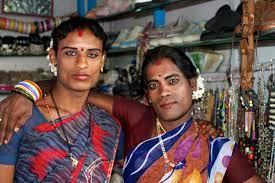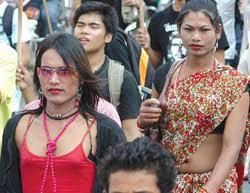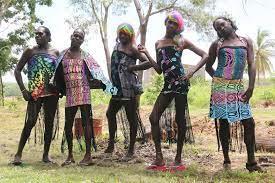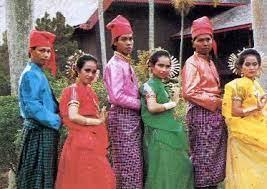Results: Cultural Beliefs That Accept More Than Two Genders Part 2
Published on 02/28/2023
While some hold fast to the concept of only two genders, many cultures have long believed that this is not true. For these cultures, the concept of someone not identifying strictly as male or female was just not that hard to grasp.

QUESTIONS
GO to COMMENTS
Comments
1.
1.
Hijras in South Asia -- The centuries-old third gender, associated with sacred powers, usually refers to those assigned male at birth but don't identify as such. In 2014, India legally recognised hijras as a third gender after they were criminalised by the British in 1871. Hijras have their own ancient language—Hijras Farsi and served monarchs in South Asian regions for centuries. Today, they are primarily outsiders in their communities, excluded from many economic opportunities. In spite of marginalisation from the rest of the world, whom they refer to as "dunya daar" the Hijras preserve their own language and culture where gender knows no boundaries. Have you heard about this culture?

Yes
9%
186 votes
No
91%
1914 votes
2.
2.
Metis in Nepal -- Officially recognised as a third gender in Nepal in 2007, metis have a long history in the Himalayan region. Assigned male at birth, they assume a traditional feminine appearance. Nepal set a global precedent with a third gender category on official documents. Have you heard about this?

Yes
7%
150 votes
No
93%
1950 votes
3.
3.
Brotherboys and sistergirls in Indigenous Australian culture -- Used by Aboriginals and Torres Strait Islanders, brotherboys describes people with a gender experience inconsistent with their assigned sex, with a male spirit and male roles in the community. Sistergirls are the exact opposite. Were you familiar with this?

Yes
6%
119 votes
No
94%
1981 votes
4.
4.
Toms in Thailand -- One of the dozen or more common gender identities in Thailand, 'toms' are women who adopt masculine mannerisms and style, while using male speech terms. Toms are often attracted to 'dees'—women who follow traditional Thai gender norms. Were you familiar with this culture?

Yes
7%
145 votes
No
93%
1955 votes
5.
5.
Bugis in Indonesia -- This ethnic group has seen gender as a spectrum for centuries now, with three additional genders in addition to male and female. Bugis genders include 'calabai' (feminine men), 'calalai' (masculine women) and intersex 'bissu' priests. Did you know this?

Yes
6%
128 votes
No
94%
1972 votes
COMMENTS

